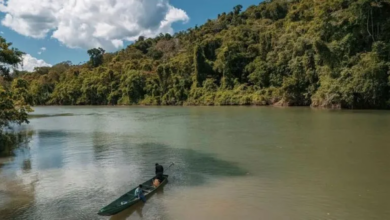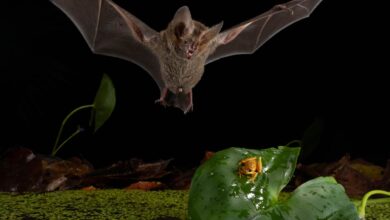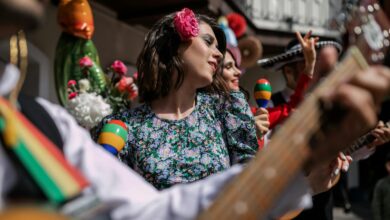A Reporter’s Fatal Quest Reshapes How We Imagine the Amazon Today
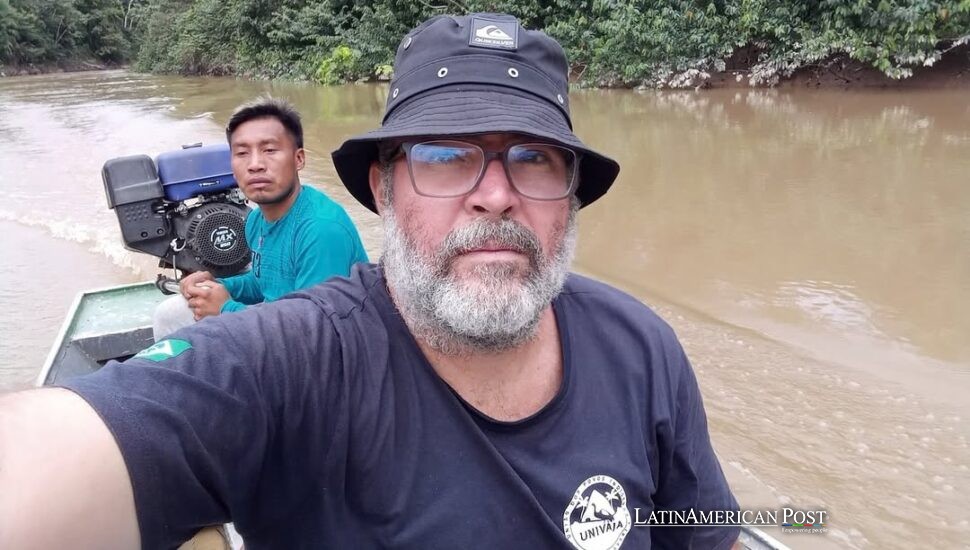
Dom Phillips set out to write a book about saving the Amazon without heroes or villains. After his murder with Bruno Pereira in Brazil’s wildest frontier, that book—finished by friends—became a blueprint for how to listen, not just look.
A Mission Interrupted, But Not Silenced
Dom Phillips didn’t want to write a romantic book about the Amazon. He wanted to write a truthful one. And to do that, he knew he needed to speak with everyone—not just activists or scientists, but ranchers, smugglers, fishers, and poachers, too. He called it How to Save the Amazon: Ask the People Who Know. In June 2022, he and Indigenous expert Bruno Pereira were traveling through Brazil’s Vale do Javari, a remote region scarred by illegal gold mining, fishing, and criminal encroachment, when they vanished.
Their disappearance gripped the country. A few days later, their bodies were found—ambushed and buried in a shallow grave. Pereira had long been targeted for training Indigenous patrols to defend protected land. Phillips, by asking the wrong questions in the right places, had also become a threat. His commitment to listen—listen—to all sides may have exposed him to the very violence he sought to document.
But the work did not die with him. Phillips had left behind chapters, interviews, notes, and maps. His wife, Alessandra Sampaio, and a group of journalist friends sifted through it all. They finished what he started. The book was renamed How to Save the Amazon: A Journalist’s Fatal Quest for Answers—a tribute not just to his life, but to his method.
Reporting Without Romance—or Easy Enemies
The first third of Phillips’ book reads like a field diary layered with history, context, and unease. He walks readers through the urban Amazon, the economic forces reshaping it, and the tangled motivations that make environmental destruction both tragic and logical. In Manaus—a city of over 2 million—he highlights the paradox of an economy reliant on extraction but starved of reinvestment. Nearly 40% of the population lives at or below the minimum wage. Corporations, meanwhile, return just a sliver of their turnover to workers.
Phillips never sugarcoats the scale of devastation—over 80% of deforestation, he reports, is linked to cattle—but he also doesn’t reduce it to villains. His interviews reveal ranchers who inherited land and debts, smugglers caught between opportunity and desperation, and state agents trying to enforce the rules with empty gas tanks and broken radios. His gift was not simplification but pattern recognition: deforestation, he shows, isn’t about evil individuals—it’s about a broken system that rewards clearing trees and punishes preservation.
As Americas Quarterly notes, that kind of reporting is rare—and dangerous. By looking beyond the predictable narratives, Phillips gave the forest back its full human complexity. He also made himself a target.
Building Solutions in the Mud
Phillips never promised quick fixes, and the book doesn’t deliver them. Instead, it offers field-tested ideas—some fragile, some flourishing. He writes about cacao farmers who preserve forest cover while earning a premium for their beans. He profiles a cooperative that runs ecotourism in partnership with Indigenous communities. He explores how the biodiversity of the Amazon could generate new medicines—if profits are shared fairly.
None of it is easy. Many of these stories are on the edge of collapse—held together by underfunded NGOs, vulnerable leaders, or loans one bad season away from default. But Phillips doesn’t dismiss them. He puts them forward as the scaffolding of a new model: one in which the forest is worth more alive than dead.
To get there, he argues, requires more than patrols and parks. It demands legal teeth, financial tools, and infrastructure that lifts people out of the poverty that fuels extraction. His co-authors stay true to that vision. They show that “saving” the Amazon can’t mean freezing it in place. It means making sure the people who live there can thrive without destroying it.
As Americas Quarterly highlights, the book’s greatest strength is its refusal to pretend that inspiration is the same as implementation. Hope, here, is measured in budgets and policies—not sentiment.
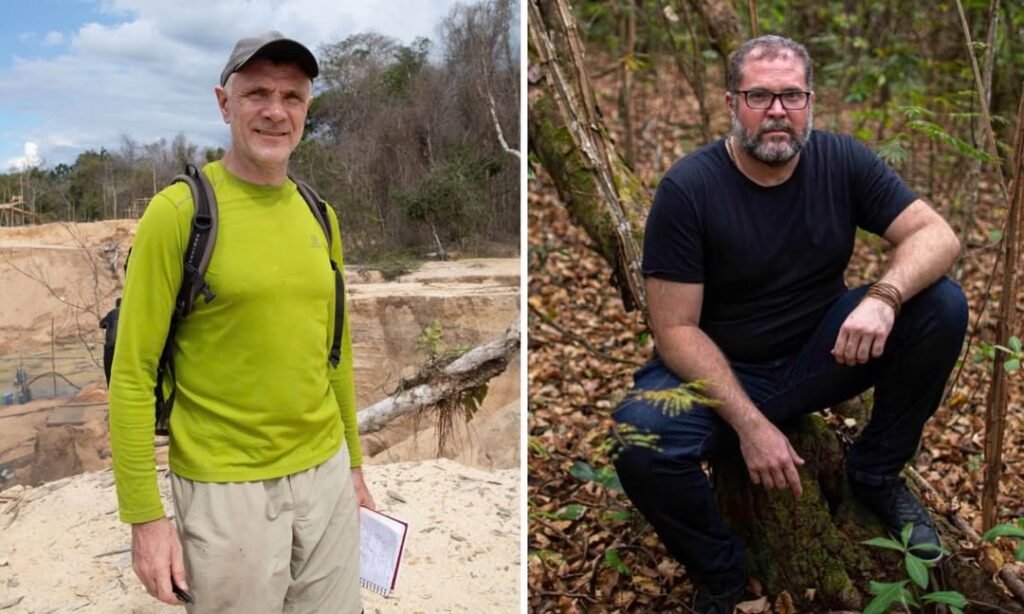
IG@77_apes
A Book That Ends Where the Fight Continues
The final chapters arrive after Phillips’ death, but his voice still guides the reader. Since the book’s original research, Luiz Inácio Lula da Silva has returned to the presidency, and deforestation has dropped.
Indigenous patrols—like those Bruno Pereira trained—have expanded. These are real gains.
But contradictions persist. The Lula administration also courts oil companies and agribusiness giants. The forest is still at risk, and the forces that killed Phillips and Pereira—impunity, corruption, greed—still shape the landscape. The book doesn’t resolve that tension. It leaves it on the page, where it belongs.
Phillips’ original subtitle—”Ask the People Who Know”—was eventually changed to “A Journalist’s Fatal Quest for Answers.” It’s fitting. The new subtitle acknowledges what was lost, while calling readers to pick up the search.
This is not a feel-good book. It’s not meant to be. It’s a map of questions that remain open, and a record of a man who spent years asking them with care, courage, and humility. You finish it not with clarity, but with obligation.
As Americas Quarterly underscores, this book redefines what it means to “cover” the Amazon. Not from above, but from within. Not by parachute, but by paddle. Not by reducing it to crisis porn or exotic beauty—but by sitting with the people who live and die by its rivers, its soil, its politics.
Also Read: Puerto Rico Battles Sargassum with Shovels, Drones, and Sheer Willpower
And that’s the point. Dom Phillips didn’t give us a manifesto. He gave us a mirror. What we do with it now—how we vote, what we fund, who we believe—that’s the unfinished part of the story.

